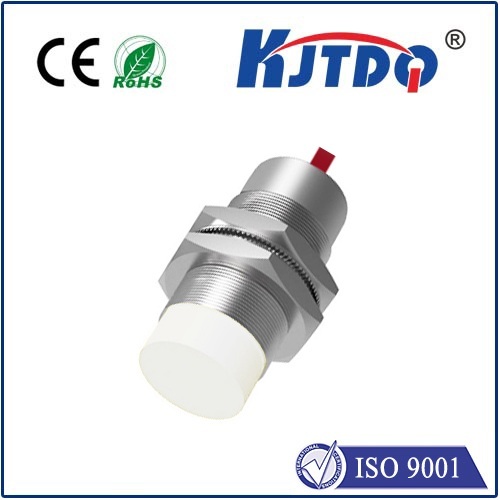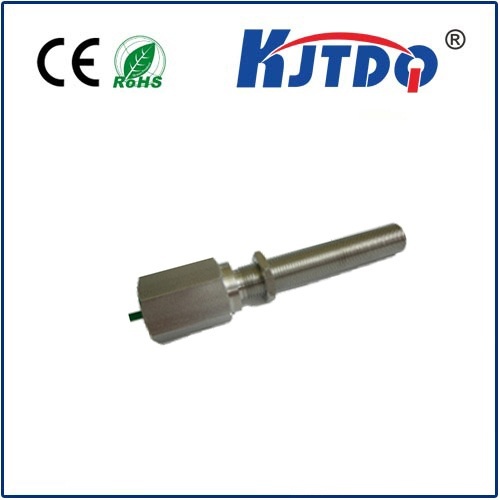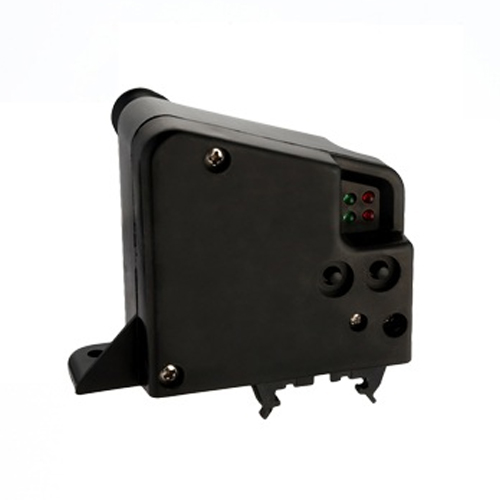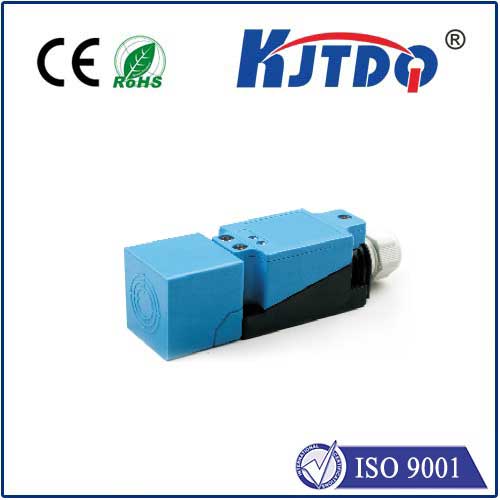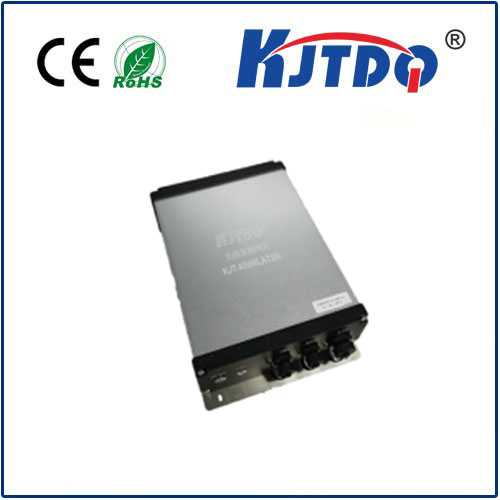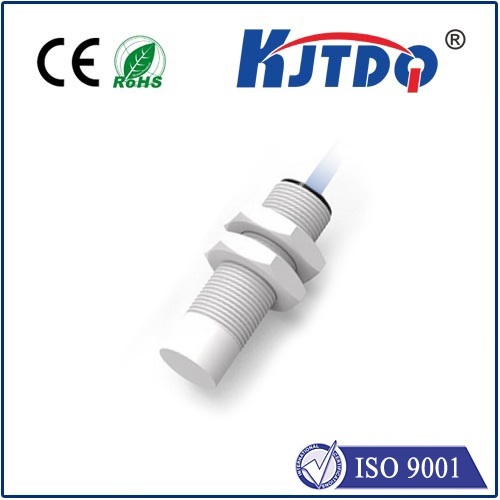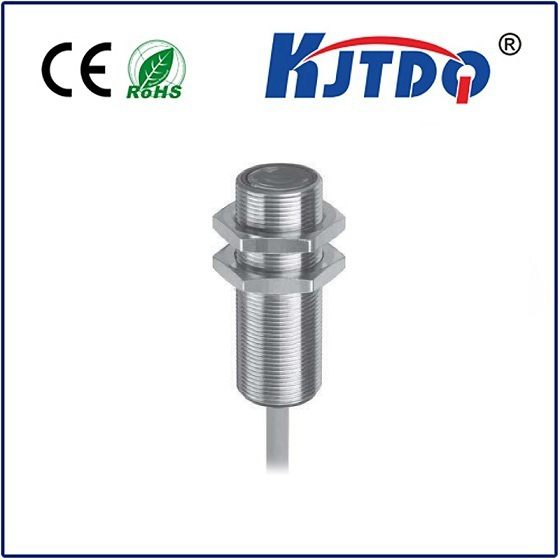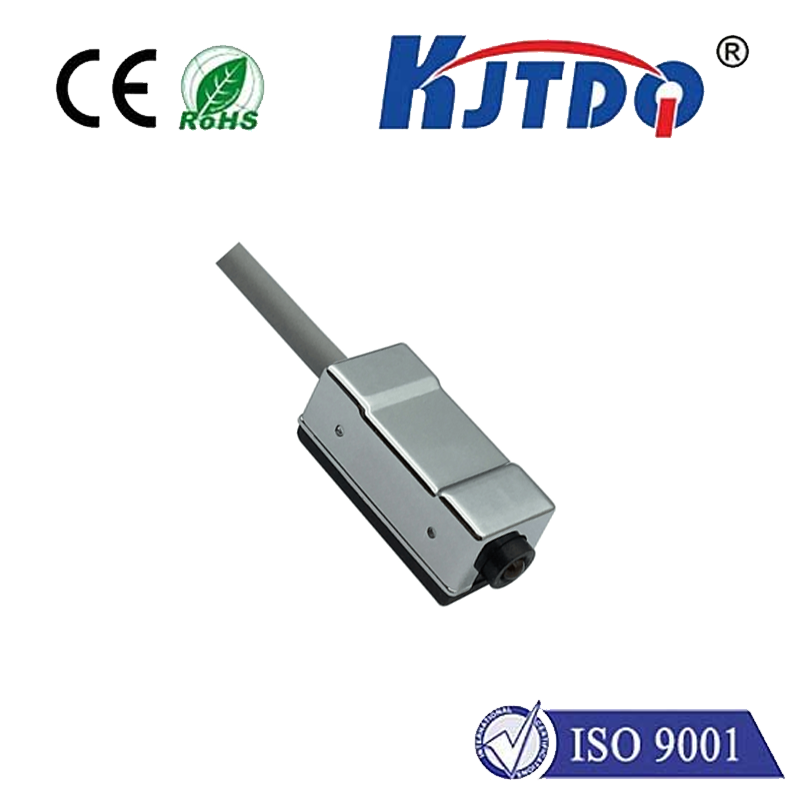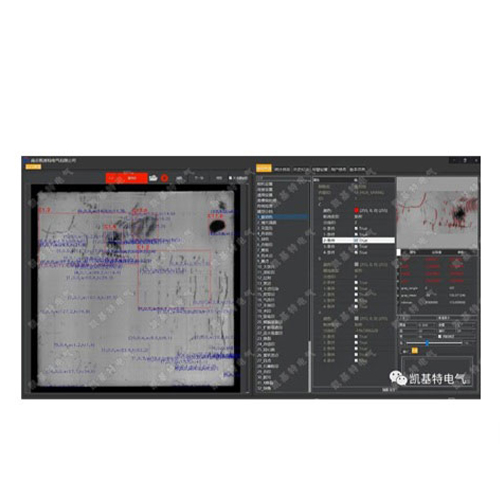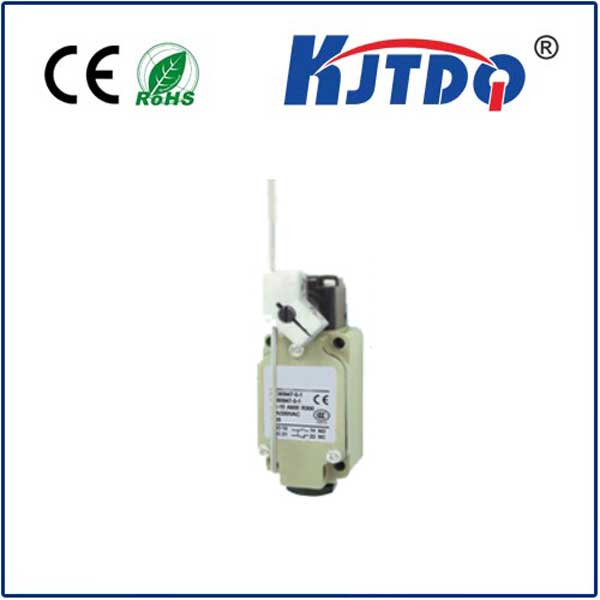sn04 n sensor
- time:2025-07-17 08:47:21
- Click:0
Unveiling the SN04 N Sensor: Precision Technology for NOx Detection & Beyond
Ever wondered what silently monitors the invisible pollutants pouring from car tailpipes or factory chimneys, ensuring our air stays breathable? The answer often lies in sophisticated sensors like the SN04 N Sensor, a critical component in the ongoing battle for cleaner air and industrial safety. This powerful device plays a vital, often unseen, role in detecting hazardous Nitrogen Oxide (NOx) gases, making it indispensable across numerous applications demanding precise environmental monitoring.
Understanding the Invisible Threat: Nitrogen Oxides (NOx)
Before delving into the SN04 N’s specifics, it’s crucial to comprehend the adversary it tracks. Nitrogen oxides (NOx) are a group of highly reactive gases primarily formed during high-temperature combustion processes. Key sources include vehicle engines, power plants, and industrial furnaces. The environmental and health implications are severe:
- Air Pollution: NOx is a major contributor to smog formation, ground-level ozone, acid rain, and fine particulate matter (PM2.5).
- Health Risks: Exposure is linked to respiratory problems (like asthma and bronchitis), cardiovascular disease, and increased susceptibility to infections.
- Environmental Damage: Contributes to nutrient pollution in water bodies (eutrophication) and harms ecosystems.
Accurate NOx monitoring is therefore not just beneficial, but imperative for regulatory compliance, process optimization, and safeguarding human health and the environment.
The SN04 N Sensor: Core Technology and Operation
The SN04 N Sensor belongs to the category of electrochemical gas sensors. These sensors operate on a fundamental principle: generating an electrical signal proportional to the concentration of a specific target gas through a chemical reaction.
Here’s a simplified breakdown of its operation:
- Detection Electrode: The target gas (NO or NO2) diffuses through a specialized membrane into the sensor’s electrolyte.
- Electrochemical Reaction: Upon contact with the working electrode, the gas molecules undergo a specific electrochemical reaction (oxidation or reduction).
- Current Generation: This reaction produces a flow of electrons, generating an electrical current.
- Signal Measurement: The magnitude of this current is directly proportional to the concentration of the target gas present. This precise electrical signal is then measured and processed by the connected monitoring equipment.
Key features often associated with high-performance sensors like the SN04 N include:
- High Selectivity: Engineered to primarily respond to NOx gases (often configurable for NO or NO2 detection), minimizing interference from other common gases like CO, CO2, or SO2.
- Excellent Sensitivity: Capable of detecting very low concentrations of NOx, often down to parts per million (ppm) or even parts per billion (ppb) levels, depending on the specific model and calibration.
- Fast Response Time: Provides rapid detection and measurement, crucial for real-time monitoring and control applications. Typical T90 (time to reach 90% of full response) times are often in the range of seconds to tens of seconds.
- Long Service Life: Designed for stability and durability under continuous operating conditions, potentially lasting several years with proper usage and maintenance.
- Compact Size & Low Power: Fits easily into various monitoring systems and operates efficiently.
Where Precision Matters: Key Applications of the SN04 N Sensor
The SN04 N Sensor finds its strength in diverse fields where accurate NOx monitoring is non-negotiable:
- Automotive Emissions Control Systems (CEMS): This is a primary application. Integrated into vehicle exhaust systems and onboard diagnostics (OBD), SN04 N sensors continuously monitor NOx levels in real-time. This data is vital for:
- Optimizing engine performance and fuel efficiency.
- Ensuring the proper functioning of catalytic converters and Selective Catalytic Reduction (SCR) systems.
- Guaranteeing compliance with stringent emissions regulations worldwide (like Euro 6, EPA Tier 3, China VI).
- Industrial Process Control & Safety:
- Combustion Optimization: Monitoring NOx levels in boilers, furnaces, and turbines allows operators to fine-tune the air-fuel ratio, significantly reducing emissions and improving energy efficiency.
- Process Safety: Early detection of hazardous NOx leaks in chemical plants, refineries, or manufacturing facilities is crucial for triggering alarms and preventing accidents.
- Environmental Air Quality Monitoring Stations: Deployed in fixed-site ambient air monitoring stations, SN04 N sensors contribute to assessing NOx pollution levels in urban areas, near industrial zones, and sensitive ecosystems. This data informs public health advisories and environmental policy decisions.
- Indoor Air Quality (IAQ) Monitoring: While less common than CO2 or VOC sensors, specialized NOx sensors can be used in specific indoor settings where combustion sources are present (e.g., monitoring near garages or industrial workshops).
- Laboratory & Research Applications: Providing reliable and accurate NOx measurements for scientific studies, emissions testing, and development of new pollution control technologies.
Choosing and Maintaining Your SN04 N Sensor
Selecting the right gas sensor is critical. Key considerations include:
- Target Gas & Range: Confirm the sensor is calibrated for NO, NO2, or total NOx, and that its detection range (e.g., 0-50 ppm, 0-1000 ppm) suits your application. The SN04 N Sensor is renowned for its precision within typical automotive and industrial ranges.
- Operating Environment: Temperature, humidity, and potential exposure to other chemicals can impact sensor performance and lifespan. Ensure the sensor is rated for your specific conditions.
- Cross-Sensitivity: Understand how susceptible the sensor is to interference from gases likely present in your environment.
- Compatibility: Verify electrical characteristics (output signal type - current or voltage, power requirements) and physical dimensions match your monitoring equipment.
Proper maintenance significantly extends the sensor’s life and ensures reliable data:
- Regular Calibration: Follow the manufacturer’s recommended calibration schedule using certified calibration gas. This corrects for drift over time and guarantees accuracy. Neglecting calibration is a primary cause of sensor failure or erroneous readings.
- Protection: Utilize appropriate filters to block dust, moisture, and potentially interfering chemicals from reaching the sensing element. Avoid exposing the sensor to extremes outside its specified operating range.
- Storage: If storing spares, follow manufacturer guidelines (often in a cool, dry place, sometimes with a protective cap).
Beyond Detection: The Impact of Precision Monitoring
The deployment of accurate sensors like the SN04 N Sensor has a profound ripple effect:
- Regulatory Enforcement: Provides reliable data proving compliance with environmental laws, avoiding hefty fines.
- Technological Advancement: Drives innovation in cleaner engines (e.g., advanced diesel after-treatment) and industrial processes.
- Public Health Protection: By enabling the reduction of NOx emissions at the source, these sensors contribute directly to cleaner air and healthier communities. Studies show lowering NOx levels correlates with significant decreases in respiratory hospital admissions.
- Resource Efficiency: Optimizing combustion processes based on real-time NOx data saves fuel and reduces operating costs.
The Future is Clear: Precision Sensors Leading the Way
As environmental regulations tighten globally and the demand for cleaner technologies intensifies, the role of precise gas detection becomes ever more critical. The SN04 N Sensor, with its proven reliability, high sensitivity, and robust design for demanding applications like automotive and industrial monitoring, exemplifies the technology enabling this shift. It’s not merely a component; it’s a fundamental part of the infrastructure working silently to ensure the air we breathe is safer and our industries operate more sustainably. The quest for cleaner air continues, and advanced NOx sensors remain indispensable tools on that journey.





